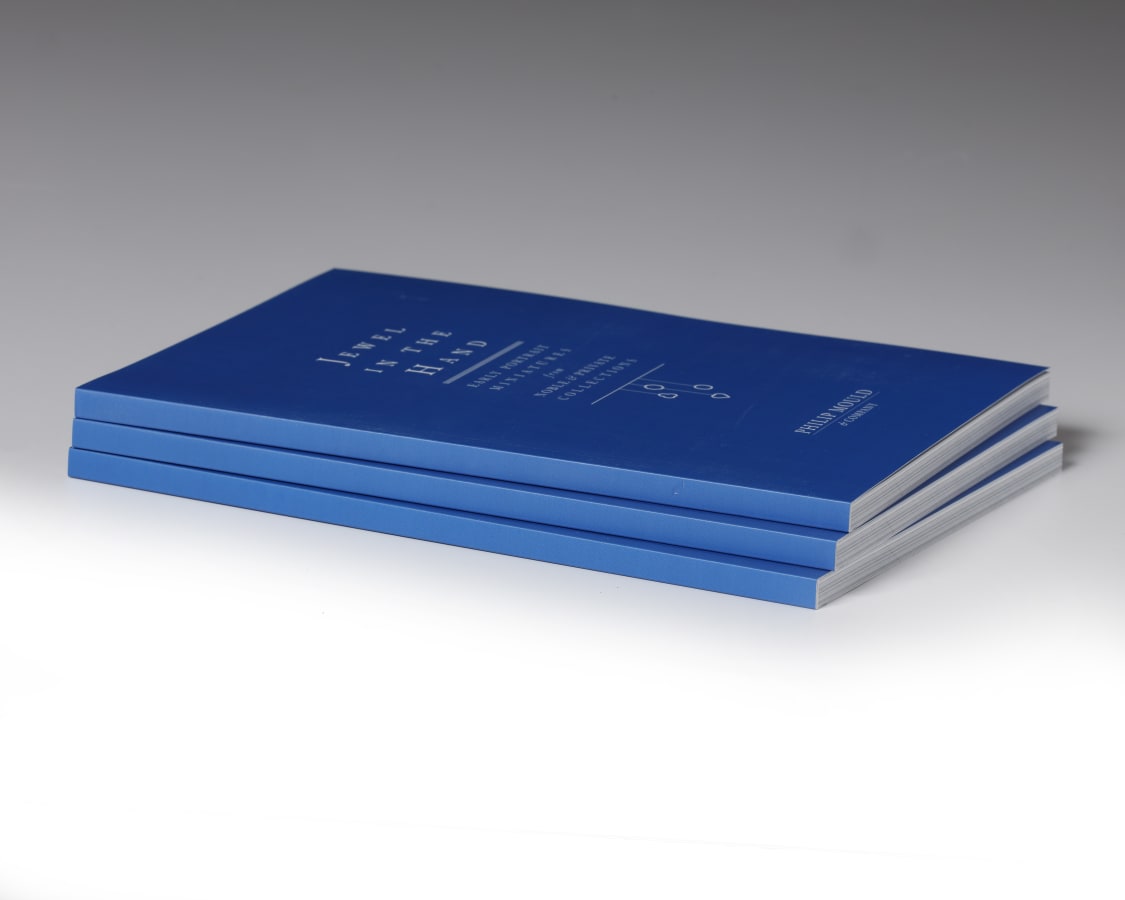


Jewel in the Hand Early Portrait Miniatures from Noble and Private Collections
Having flourished at the court of King Henry VIII (1509-47) as an artform distinct from illuminated manuscripts, Portrait Miniatures (limning) truly won the favour of court and nobility during the reign of his daughter, Queen Elizabeth I (1558-1603) and her successor King James VI / I (1603-25). Indeed, the late-Tudor and Jacobean miniatures produced at this time secured the fate of this intimate, jewel-like form of painting among Royal and noble circles as one of the most popular artistic expressions in England for centuries to come. The late-sixteenth and early-seventeenth centuries laid these foundations and it is to the work of three primary artists to which we now attribute the success of the portrait miniature’s meteoric rise to fame at this time; Nicholas Hilliard (1547? - 1619), his pupil Isaac Oliver (c.1565-1617) and his son Peter Oliver (circa 1589-1647).




